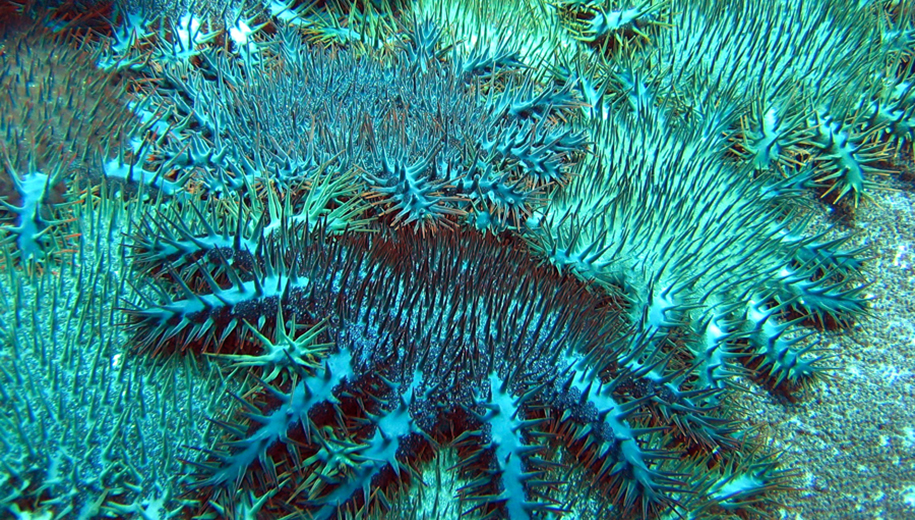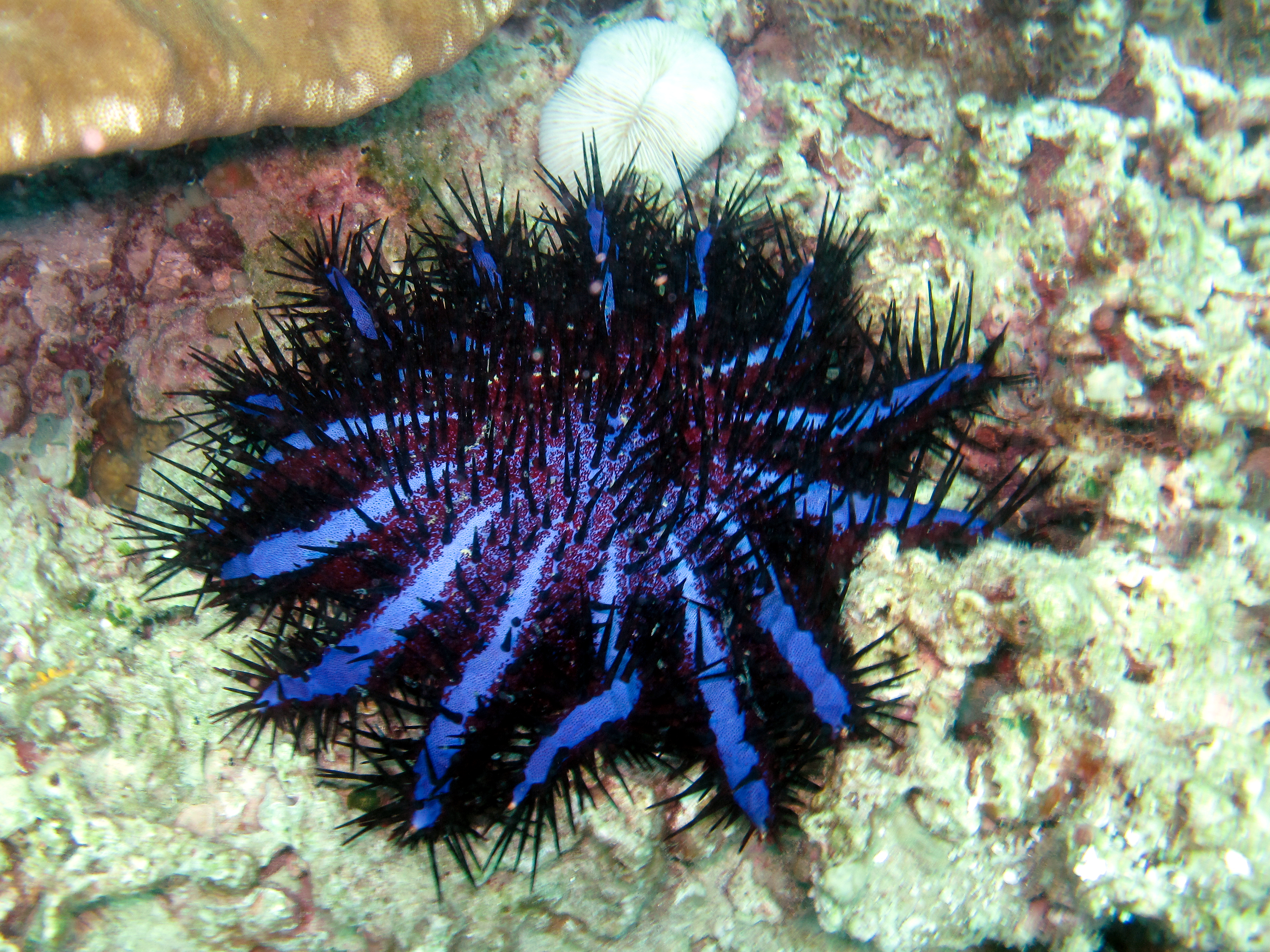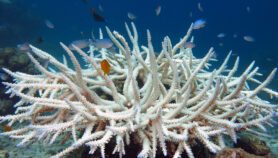14/04/20
How crown-of-thorns starfish outbreaks destroy coral

By: Claudia Caruana
Send to a friend
The details you provide on this page will not be used to send unsolicited email, and will not be sold to a 3rd party. See privacy policy.
[NEW YORK] Coral-eating, crown-of-thorns starfish (COTS) lie in wait for more than six years before attacking corals, say researchers who believe that the discovery could help save coral reefs, which already are endangered by warming.
According to a UN Intergovernmental Panel on Climate Change special report released in 2018, most tropical coral reefs would disappear even if heating was limited to 1.5 degrees Celsius. Coral reefs provide a home for at least 25 per cent of all marine species and provide ‘ecosystem services’ for tourism, fisheries and shoreline protection.
“This ‘Peter Pan’ effect means that populations of juvenile COTS can build up on reefs and become a hidden army waiting to consume reefs”
Dione Deaker, University of Sydney
Dione Deaker, a graduate student at the University of Sydney and lead researcher, says juvenile starfish feed on algae and remain on this vegetarian regime for at least four months. After this period, they will either continue with the vegetarian diet or start shifting to corals.
How and when the juveniles switch to being coral predators remains something of a mystery to researchers but trying to understand the process is a crucial part in the fight to protect reef habitats from the starfish, Deaker says.
In their study, published in Biology Letters this month (April), Deaker and her colleagues showed that the switch to a coral diet could be extended for more than six years.
“This ‘Peter Pan’ effect means that populations of juvenile COTS can build up on reefs and become a hidden army waiting to consume reefs,” Deaker says. COTS can grow to almost a full meter in diameter and have a voracious appetite for coral, devastating critical reef habitats on the Great Barrier Reef and across the Indo-Pacific, she says.
The researchers isolated one group of COTS on algae for 10 months and the second for 6.5 years. Despite restricted growth on a vegetarian diet, there was no impact on the ability of the 6.5-year-olds to eat corals, and both group of samples had the same growth pattern after provision of coral prey.
“Suppression of the switch to a coral diet due to scarcity of prey might occur after coral bleaching events,” Deaker says. “The remarkable resilience of juvenile starfish to coral scarcity complicates our ability to age them and indicates the potential for reserves of juveniles to accumulate on the reef to seed outbreaks when favourable conditions arise.”
She believes that an “extended herbivorous phase of crown-of-thorns starfish has the potential to allow the formation of a reserve population in reef habitats”.

Maria Byrne, professor of developmental and marine biology, School of Medical Science, University of Sydney says that the study suggests that current starfish removal programmes might trigger a feedback mechanism in the starfishes’ transition to coral predator. “They have a voracious appetite for coral and population outbreaks of these starfish are major threats to tropical coral reefs.”
“Hundreds of thousands of these starfish have been removed off the reef in the last few years. This is a big effort and quite expensive,” says Deaker. “Also, this might not prevent future outbreaks because a single female starfish can have more than 100 million eggs — a few starfish could seed an entire outbreak.”
Although they have been studied for more than 30 years, little is known as to why breakouts occur, partly because the juveniles are small (0.5 millimeters) and hard to find on the reef. “This is the missing piece of the crown-of-thorns puzzle,” says Deaker.
“The real significance of this work is that it reveals a mechanism by which outbreaks may be triggered — the buildup of large numbers of juveniles just waiting for conditions to be right to prey on coral. The cryptic nature of the juveniles means that these animals will be hard to detect until they have begun to feed voraciously and grow rapidly in size,” Allen tells SciDev.Net.
This piece was produced by SciDev.Net’s Asia & Pacific desk.













